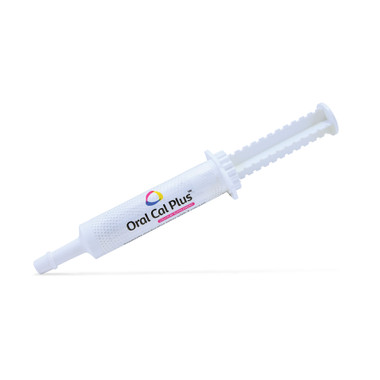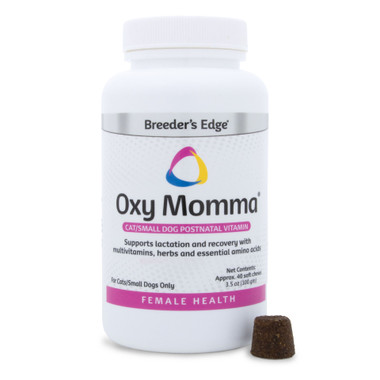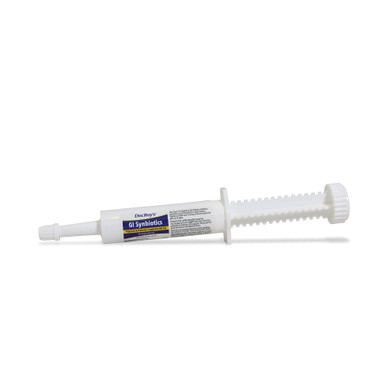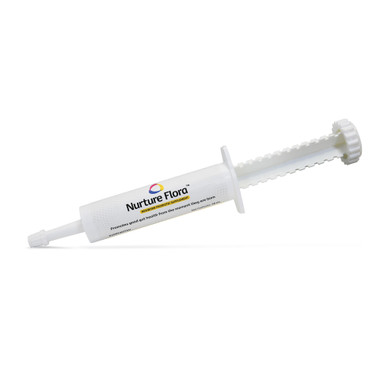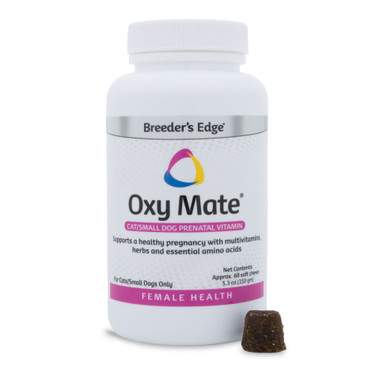Dogs & Tick Diseases - Vital Info for your Dog's Safety
Estimated 0 min read
Ticks on your dog quickly turn a peaceful afternoon into a stressful situation. These tiny parasites pose significant health risks to our canine companions, making effective prevention and removal crucial for pet owners. In this short blog, we’ll separate fact from fiction. In fact, we’ll explain just what to do if you find ticks on your dog. Whether you’re a seasoned Pet owner or new to canine care, this information will equip you to keep your dog tick-free.
Facts about Dogs and Ticks
- Most home remedies for tick prevention lack scientific evidence and may pose risks to dogs. Meanwhile veterinarian-approved treatments offer proven, long-lasting protection
- Safe tick removal involves using fine-tipped tweezers or specialized tools. Be sure to avoid heat or chemicals that can increase disease transmission risk
- Regular grooming, yard maintenance, and veterinary check-ups are crucial components in effective tick prevention for dogs
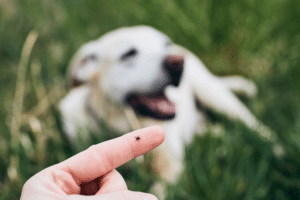
Tick found on dog
Understanding Ticks and Why They’re Dangerous
Ticks thrive in warm, humid environments, making summer and fall their peak seasons in most of the United States. These bloodsuckers have a life cycle that can span from 14 days to a full year, depending on environmental conditions. What’s truly alarming is their reproductive capacity – a single female tick can lay up to 50 eggs per day. Yikes!
These parasites are also notorious disease vectors, capable of transmitting multiple illnesses with a single bite. Lyme disease, ehrlichiosis, and anaplasmosis are just a few of the serious conditions that ticks can pass on to our dogs. In the Midwest, the risk is particularly high, with an estimated 40% of adult ticks carrying Lyme disease.

Grooming is a good prevention against ticks
An Ounce of Prevention is Key
Given these risks, effective tick prevention is essential. The most reliable methods of tick prevention are those backed by scientific research and veterinary expertise. Topical treatments like Frontline and K-9 Advantix are proven highly effective in repelling and killing ticks before they transmit diseases. These products’ m.o.is to spread through the oils of the dog’s skin. Thus they create a protective barrier that lasts for several weeks.
Regular grooming and inspection also play a crucial role in early detection and removal of ticks. A thorough once-over with a fine-toothed comb will help catch these parasites before they embed themselves in your dog’s skin. Pay special attention to areas where tick hiding places, between the toes, inside the ears, and under the tail.
While diligent home care is important, it’s no substitute for professional veterinary oversight. Regular check-ups allow your vet to monitor for signs of tick-borne diseases and adjust your prevention strategy. They also provide guidance on the most effective tick control products for your specific situation. Your Vet will take into account factors like your dog’s age, health status, and lifestyle.

Some essentials oils can be used as home remedies for tick prevention
Common Home Remedies for Ticks on Dogs
Essential oils have gained significant traction in the world of natural pest control. Proponents of these aromatic solutions claim ticks are deterred by the strong scents these oils produce. Some dog owners create homemade sprays by diluting these essential oils with water, to apply to their pets’ fur.
Diatomaceous earth, a fine powder made from fossilized algae, is another popular choice in the natural tick-fighting arsenal. This substance’s microscopic sharp edges are said to cut through ticks’ exoskeletons, ultimately dehydrating them. Pet owners often sprinkle diatomaceous earth around their yards or even directly on their dogs’ coats.
Rosemary, a common herb found in many kitchens, has also been enlisted in the fight against ticks. Some dog owners brew rosemary-infused water to use as a spray on their pets or in areas where ticks might lurk. The strong aroma of rosemary is believed to repel ticks, while others claim it can help soothe irritated skin caused by tick bites.
Citrus peels, particularly from lemons and oranges, are yet another household item repurposed for tick control. The theory behind this method suggests that the strong citrus scent overwhelms ticks’ sensory organs, making it difficult for them to locate a host. Some pet owners place citrus peels around their homes or steep them in water to create a citrus-infused spray.

Chickens LOVE ticks
Natural Predators
Some pet owners turn to nature’s own tick control methods by introducing natural predators to their environment. It’s popular to employ chickens and guinea fowl, who have a fondness for insects, as living tick control agents. These birds consume a significant number of ticks as they forage thus reducing the tick population.
As we consider the potential benefits of these DIY approaches, we must also weigh them against proven, veterinarian-approved methods of tick prevention. The question remains: do home remedies for ticks on dogs truly work?
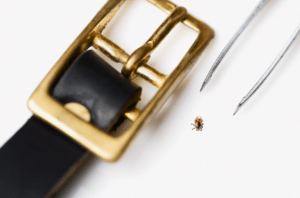
flea tick medicine for dogs
Do Home Remedies for Ticks on Dogs Work?
Not really.
Despite their popularity, most home remedies for tick prevention lack substantial scientific evidence to support their effectiveness. While anecdotal success stories abound on internet forums and in backyard conversations, these methods haven’t undergone rigorous testing required to prove their reliability.
Take, for instance, the use of essential oils. While many swear by their tick-repelling properties, the concentration and application methods vary widely. This makes it difficult to gauge their true effectiveness. Moreover, some essential are toxic to dogs if ingested or applied improperly.
Diatomaceous earth, another popular home remedy, presents its own set of challenges. While it may indeed kill some ticks, its effectiveness is limited to dry conditions – moisture renders it ineffective. Additionally, the fine powder can irritate a dog’s respiratory system if inhaled, potentially causing breathing difficulties. The physical nature of diatomaceous earth’s action doesn’t mean it prevent ticks from attaching to your dog in the first place.
Moreover, the use of natural predators is also not a reliable method for protecting dogs from ticks. These birds reduce the tick population, but that can’t guarantee that your dog won’t encounter ticks during walks or in areas outside your property.
Veterinarian-approved treatments, such as topical applications or oral medications undergo extensive testing to ensure their safety and efficacy. These products are designed to repel or kill ticks upon contact, significantly reducing the risk of disease transmission. Moreover, they provide consistent protection for extended periods, offering peace of mind to pet owners and a standard of care for dogs.

Dog with tick collar
Common Ways to Remove Ticks at Home That Should Be Avoided
Not all tick removal methods are created equal. Some popular techniques actually increase the danger to your pet, so it’s essential to understand safe and effective removal practices.
One method that has gained traction among pet owners is the use of household bleach or alcohol. The theory behind this approach is that harsh chemicals irritate ticks and cause them to release its grip, making removal easier. To employ this technique, a small piece of paper towel is dipped in bleach and then used to grasp the tick. Upon contact with the bleach, the tick is expected to loosen its hold, allowing for easier extraction. However, the effectiveness of this method is dubious considering you risk irritating your dog’s skin with bleach.
Another technique that is one to explicitly avoid is the use of heat or fire to remove ticks. Some pet owners, drawing on old folklore, attempt to burn ticks off using matches or heated needles. This method is not only ineffective but also dangerous. The heat can cause the tick to regurgitate its stomach contents into the dog’s bloodstream, significantly increasing the risk of disease transmission.
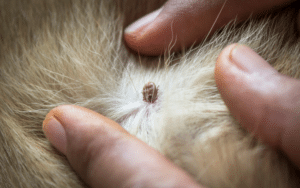
Tick attached to dog
How to Safely Remove a Tick From a Dog at Home
The safest wayto remove a tick from a dog involvesusing fine-tipped tweezers or a specially designed tick removal tool. To remove the tick, grasp it as close to the skin’s surface as possible and pull upward with steady, even pressure. Avoid twisting or jerking the tick, as this can cause the mouth parts to break off and remain in the skin. After removal, thoroughly clean the bite area and your hands with rubbing alcohol, an iodine scrub, or soap and water.
It’s vital to remove the entire tick, including its head and mouth parts. If any parts of the tick remain embedded in your dog’s skin, they can lead to infection or continued irritation. If you’re unsure about your ability to remove the tick completely, contact your Vet. Likewise, if the area looks inflamed or infected after removal, it’s best to consult with a veterinarian. They can ensure complete removal and provide any necessary treatment to prevent complications.
Be aware, time is of the essence when it comes to tick removal. The longer a tick remains attached, the higher the risk of disease transmission. Many tick-borne illnesses require the tick to be attached for several hours before transmission occurs. This explains why daily tick checks and prompt removal are so important. By acting quickly and using proper removal techniques, you will reduce the chances of your dog contracting a tick-borne disease.
Save the Tick for your Vet

Vet applying tick medication
After removing the tick, it’s a good idea to preserve it in a sealed container with a damp paper towel. This allows for identification of the tick species if your dog begins to show any signs of illness in the following days or weeks. Different tick species can transmit different diseases. Hence this information can be valuable to your veterinarian to diagnose and treat any potential tick-borne illnesses.
Remember, the fight against ticks is ongoing, and staying informed is paramount. At Banixx, we’re committed to providing you with the latest information and products to keep your dog happy and healthy.
From tick prevention to general pet care, we’re here to support you every step of the way. Visit our website regularly for more expert advice, innovative products, and tips on maintaining your pet’s well-being! If you ever wondered about other canine matters such asside effects of cosequin for dogs? Orhow to remove a tick? Well as you can see, we’ve got that covered too
Sources
https://www.itchpet.com/blog/post/what-kills-ticks-home-remedies
https://www.akcpetinsurance.com/blog/natural-flea-and-tick-prevention
https://www.petmd.com/parasites/flea-and-tick-treatments-that-dont-work
https://wagwalking.com/wellness/repelling-ticks-from-your-dog-naturally
https://www.petmd.com/dog/how-prevent-and-get-rid-fleas-and-ticks-dogs
https://dogo.app/what-kills-ticks-on-dogs-instantly/







